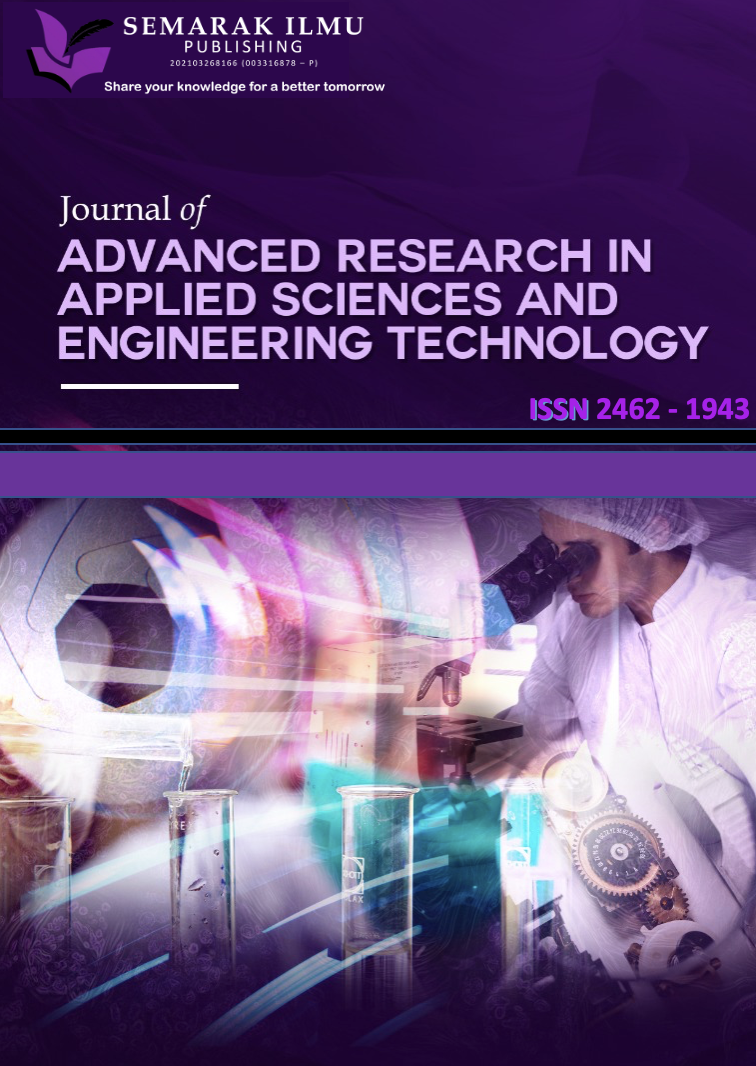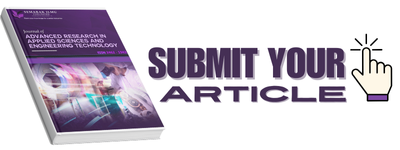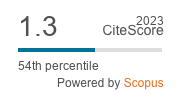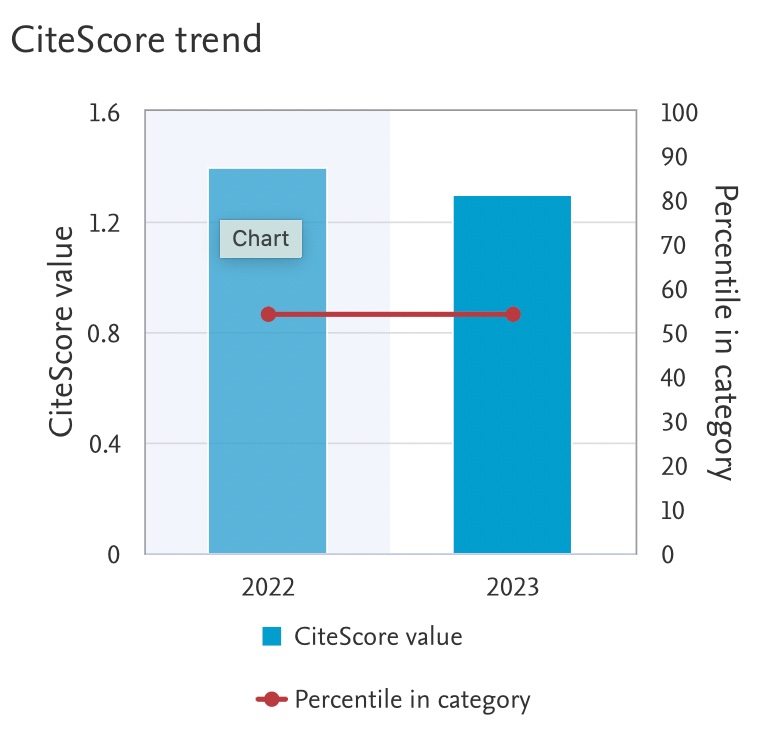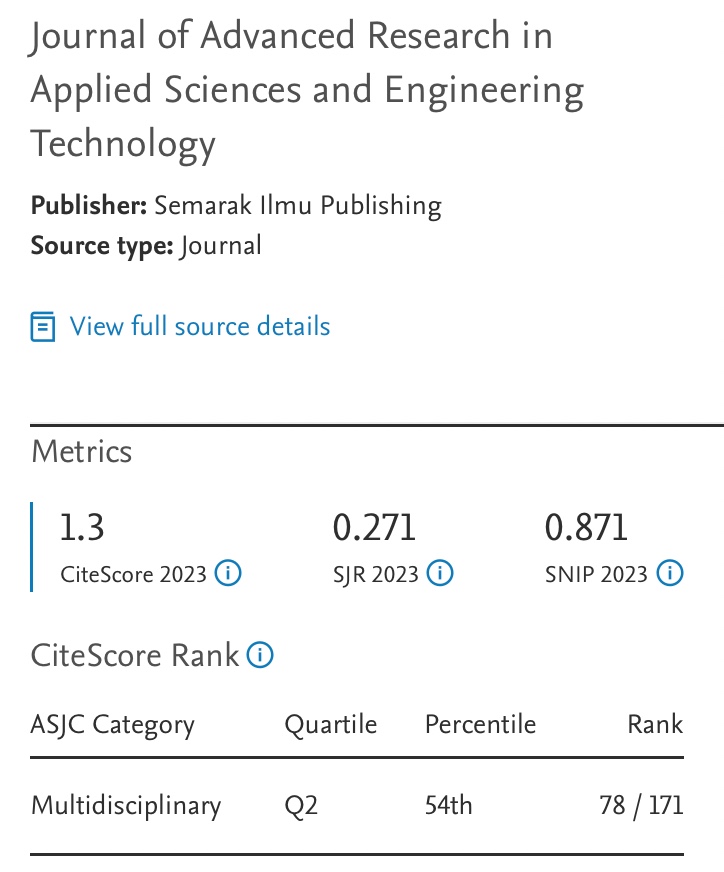Development of an Ergonomics Risk Assessment Tool for Pushing and Pulling (PUSHPULL) Activities at the Workplace
DOI:
https://doi.org/10.37934/araset.57.1.89106Keywords:
Risk assessment method, Pushing and pulling, Ergonomics tools and methodsAbstract
The observational method remains the most widely utilized for assessing the risk factor of Work-related Musculoskeletal Disorders (WMSDs) as it is inexpensive, quick and practical in field data collection. However, there is some limitation with the current risk assessment on Pushing and Pulling (PP), such as the need to use expensive force measuring equipment, limited coverage of critical variables for assessing the risk and psychometric properties for the method, which is not adequately established. This study aims to develop a new method for assessing the PP of wheeled equipment called the PUSHPULL method and establish the reliability and validity of the PUSHPULL method. Two stages are involved in developing the PUSHPULL method: i) development of PUSHPULL specification and ii) psychometric properties evaluation. Selection of variables for inclusion in the PUSHPULL method employed three strategies: i) literature review, ii) expert panel review, and iii) survey among Occupational Safety and Health (OSH) practitioners. Current assessment methods were also reviewed to assist in assigning rating scores. Psychometric properties evaluation was performed for content validity (representative, relevance and clarity) and inter and intra-rater reliability testing. Consequently, content validity was performed by six experts. The results of content validity (S-CVI/Ave) were discovered to be in the acceptable range of 0.97, 0.98 and 0.82, respectively, for representativeness, relevance and clarity. Based on the inputs from the expert panel, improvements were made, and prototype 2 was generated. Prototype 2 underwent reliability testing, and Gwet AC1 was discovered to be 0.596 (moderate) and 0.77 (good), respectively, for inter and intra-rater reliability. The PUSHPULL method was developed based on empirical data from a literature review, expert panel review and inputs from OSH practitioners. The method covers all the significant variables related to the risk of PP. Moreover, the reliability and validity of the PUSHPULL method were clarified during the development stage. The tool can determine the risk level and prioritize the intervention.
Downloads






